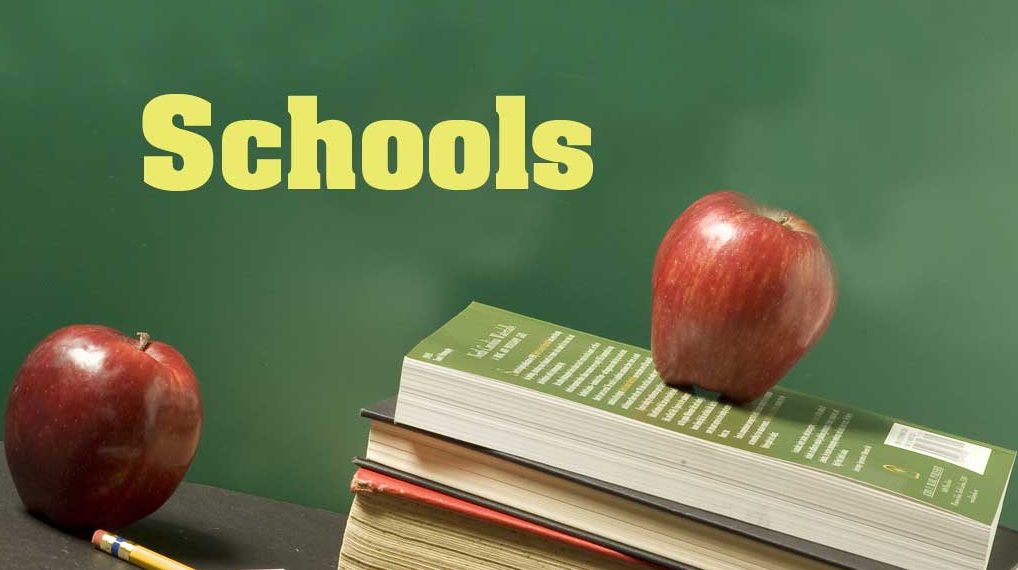Students from across the Freehold Regional High School District came together at Manalapan High School on Jan. 14 to participate in the district’s first hackathon, titled HackFRee.
Designed as an invention marathon, HackFRee provided more than 180 students the opportunity to engage in collaborative computer programming and design, according to district administrators.
Participating students attended workshops and tech talks led by professionals from Commvault, Cisco Systems, VRVU, students and teachers. Members of Rutgers’ Undergraduate Student Alliance of Computer Scientists also led discussions for students. District alumni – currently attending MIT, Rutgers University and Cornell University – returned to serve as mentors and judges.
The event came to fruition with partnerships involving Commvault and Major League Hacking. Sponsors of the hackathon included OceanFirst Bank, Broadway Technology, Nokia Bell Labs, Cisco and GitHub, according to district administrators.
At the end of HackFRee, “Hacks of Distinction” were recognized. Those receiving honors included:
• Please Mr. Sampson – students Aditya Kumar, Ananya Hajra and Koert Chen: This app let users know whether they can sleep in on snowy days. On days with predicted inclement weather, Superintendent of Schools Charles Sampson tweets whether there is a school closure or a 90-minute delay. To prevent students from spending hours checking the superintendent’s Twitter feed, the students developed an app that uses the Twitter API to access the superintendent’s tweets and parses them to determine if Sampson has posted anything related to the weather. If a tweet is found to state a closure or a delay, the app then automatically turns off the phone’s alarm. If no such match is found then no change is made to the phone’s alarm, waking students up for their normal school day.
• NutriText – students Jeffrey Marshall, Max Legrand, Spencer Volk and Anthony Atkinson: In this app, the user sends a text message with either a picture or text about an item the user wants to eat. The image (or text) is processed and the nutritional information of the item is sent back to the user.
• The Steward – student Robert Steward created an open source exoskeleton for paraplegics. His prototype uses an Arduino and an inertial measurement unit to tell linear actuators when to move joints that simulate the hip and knee.
• Conduct Me – student Josh Rosenberg: The program created by the student detects user hand motion via a leap motion detector. It uses that data to calculate proper timing to proceed to the next beat of the music.
• Money Reader – students Brett Bookbinder, Sarah Braslavets, Jonathan Murphy and Zachary Isaacson: The students created an app that detects the kind of currency the user has by holding it up to the camera. The app then speaks the amount of currency to the user.
• Rhythm Game – students Rebecca Granovskiy and Ryan Goldstein created a video game that spawns enemies at times based on different sounds in the game’s music.
• Gift Giver – students Punyaha Mukherjee, Terrence Au, Nishaant Goswamy and Jacob Karpman created a web application that allows a person to find a perfect gift for a special someone by asking the user a set of questions about the receiver. Then using those answers, the app will return suggestions of the top 10 gifts.
• Engine-based speech-Recognizing Intelligent Computer Assistant – students Aditya Jituri, Aviva Kern, Brandon Rishi and David Lau created a program similar to Amazon’s Alexa, but the user can program it on their own.
• Market Master – students Alan Decowski, Thomas Camilli and Daniel Cutaneo created a basic program that will help to predict future stock values, which would be beneficial to understanding the fast-paced environment of the stock market.




